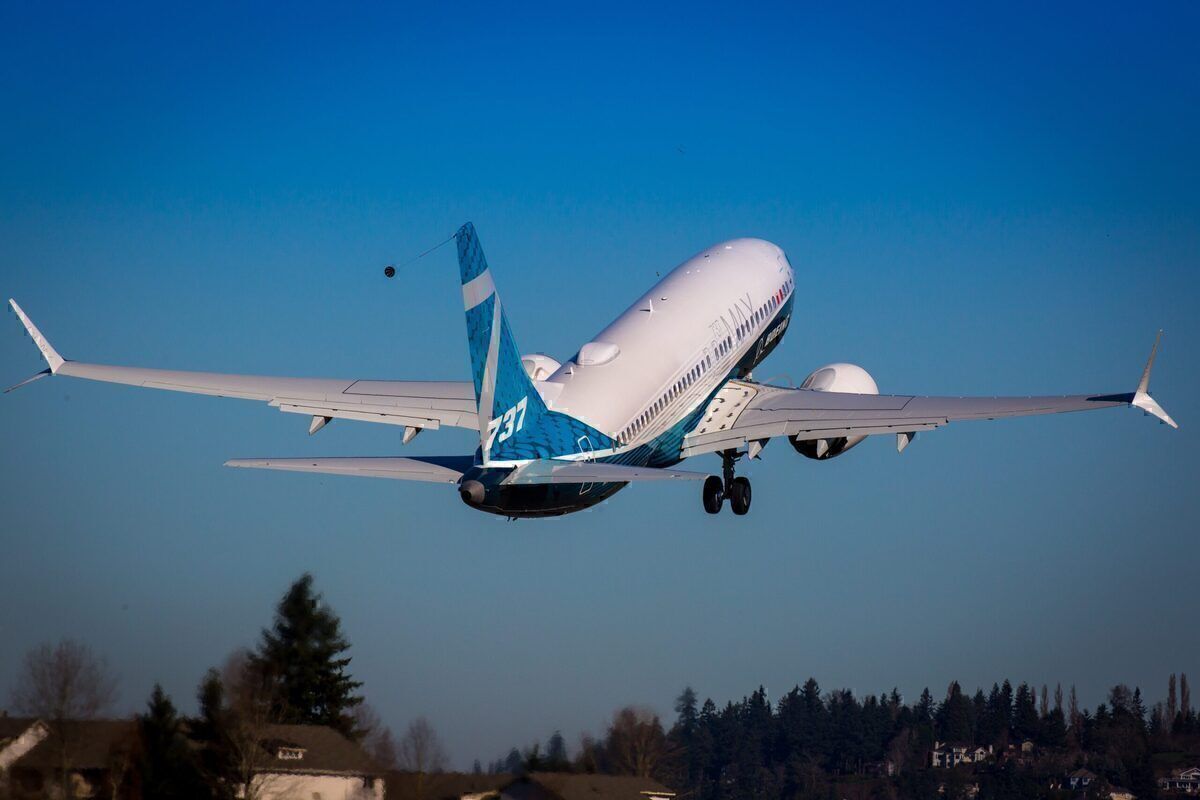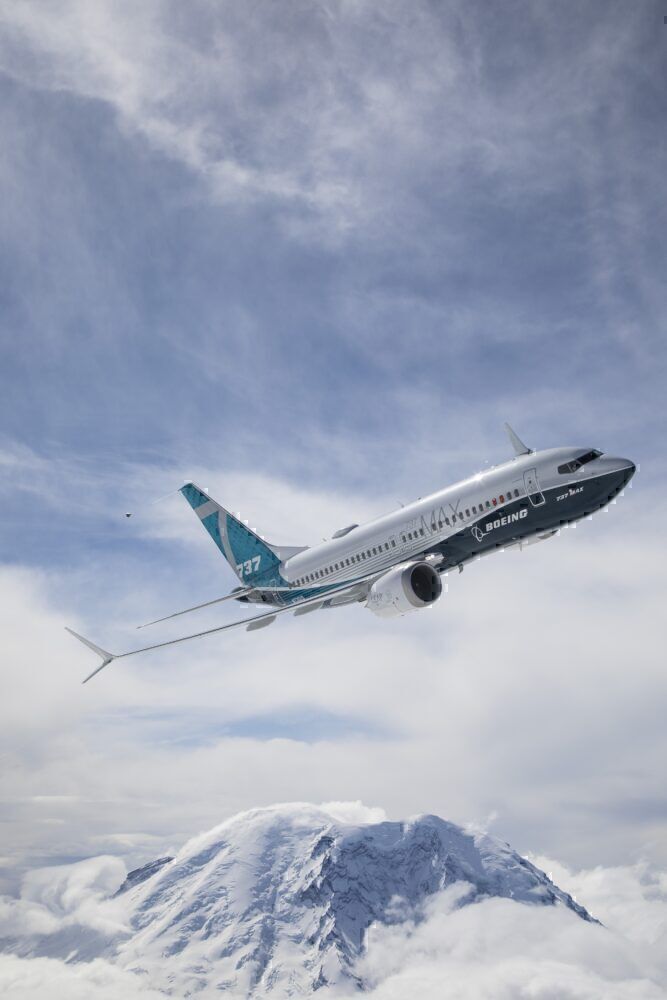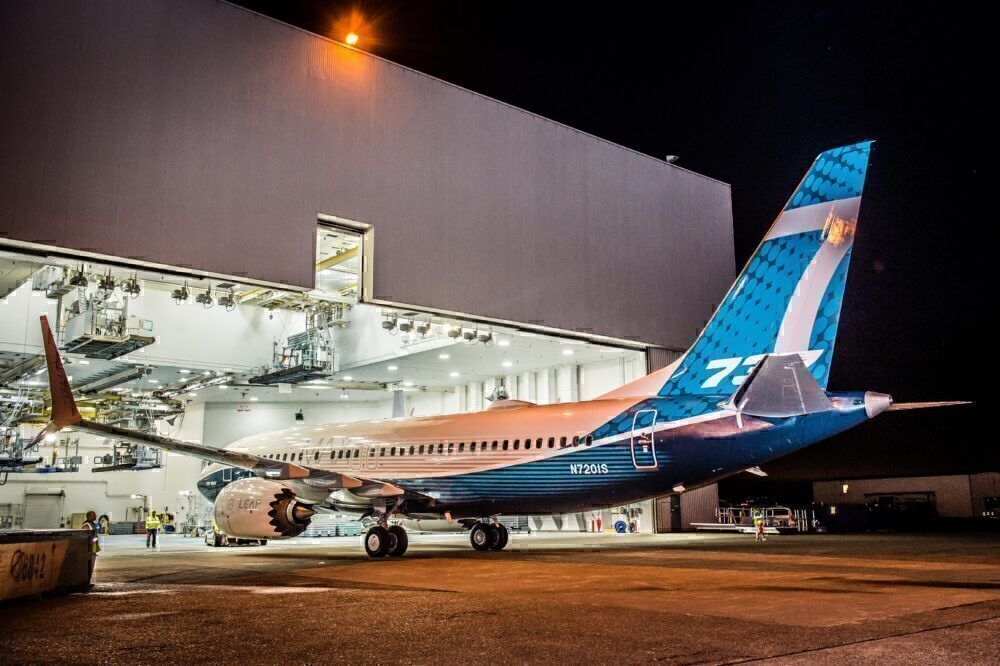Yesterday, EASA signaled that it is preparing to clear the Boeing 737 MAX for a return to service in Europe in January, after conducting an in-depth assessment of the plane’s airworthiness. The FAA gave the modified aircraft final approval to take to the skies in the US last week.
737 MAX to be cleared for take-off in Europe
The European Union Aviation Safety Agency (EASA) has today indicated its intention to approve the return of the 737 MAX to European skies within the next few weeks. The agency had made it clear from the start that it would carry out its own independent and objective assessment of the aircraft.
It has been working closely with Boeing and the Federal Aviation Administration of the United States (FAA) to ensure there will be no repeat of the two fatal crashes that killed 346 people. The FAA published its final approval of the modified 737 MAX in the Federal Register on November 20, 2020. Patrick Ky, EASA’s Executive Director, said,
“I am confident that we have left no stone unturned in our assessment of the aircraft with its changed design approach. Each time when it may have appeared that problems were resolved, we dug deeper and asked even more questions. The result was a thorough and comprehensive review of how this plane flies and what it is like for a pilot to fly the MAX, giving us the assurance that it is now safe to fly.”
Stay informed: Sign up for our daily aviation news digest.
EASA’s assessment went beyond MCAS
Investigations into the two 737 MAX crashes revealed that a primary cause in both accidents was a software system called the Manoeuvring Characteristics Augmentation System (MCAS). The system was supposed to make the aircraft easier to handle. But, the MCAS was activated by only one Angle of Attack (AoA) sensor and, when the sensor malfunctioned, the system kicked in repeatedly. That caused the aircraft's nose to be pushed downward multiple times, finally leading to a complete loss of control of the aircraft in both accidents.
EASA started its review of the aircraft with the MCAS but made the decision early on to assess the entire flight control system. The agency then expanded its assessment to incorporate all design elements that could affect how the flight controls operated.
“We also pushed the aircraft to its limits during flight tests, assessed the behaviour of the aircraft in failure scenarios, and could confirm that the aircraft is stable and has no tendency to pitch-up even without the MCAS.”
After a 28-day consultation period, EASA expects to publish its final Airworthiness Directive from mid-January 2021.
Airlines must upgrade software and train pilots
Once the 737 MAX is cleared to fly, airlines must carry out all software upgrades and maintenance procedures laid down in the final Airworthiness Directive. All 737 MAX pilots will need to be trained, although that will take time to complete due to the limited number of simulators. However, the work can begin now ahead of the directive’s publication.
Some EASA member states imposed their own ban on the aircraft being operated in their airspace. EASA is working with the relevant nations to have the bans lifted to enable the plane to fly in the airspace of those countries.
Are you happy with EASA's ungrounding of the 737 MAX? Let us know your feelings in the comments.



